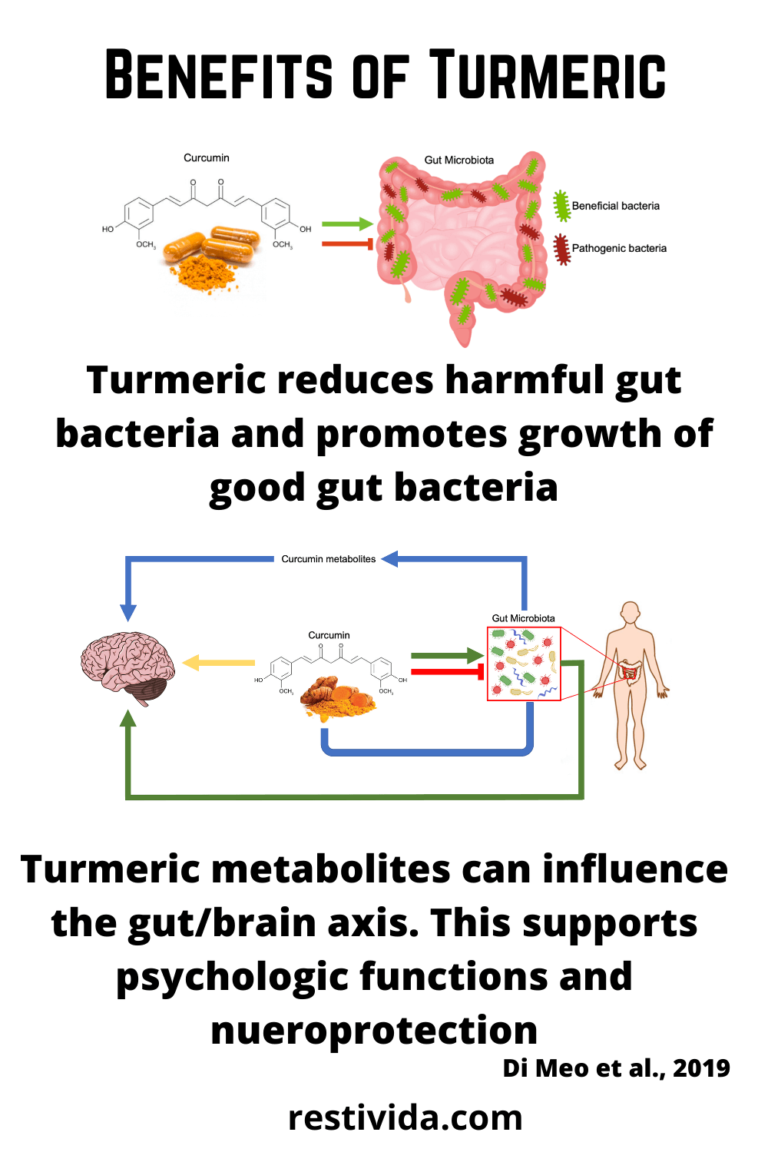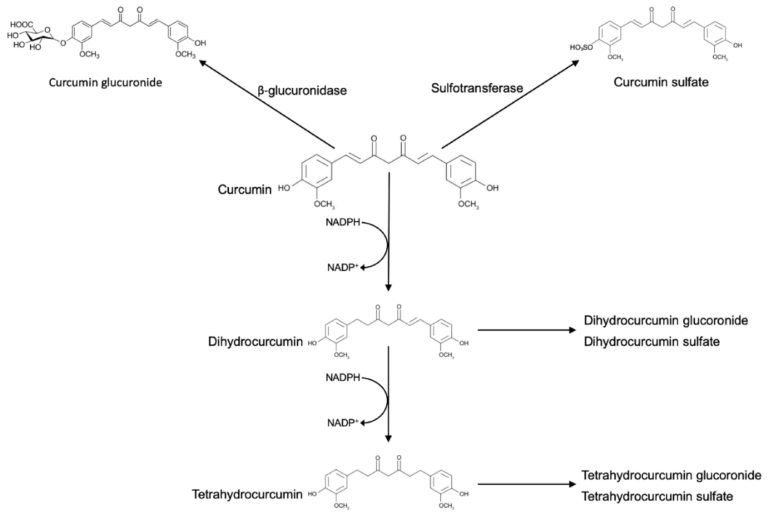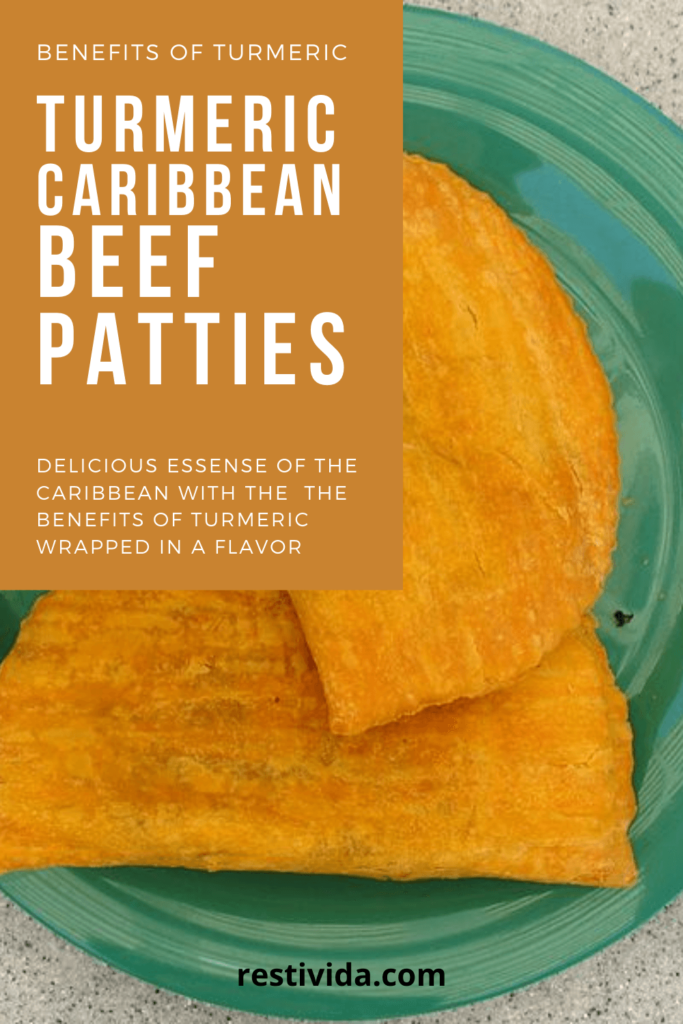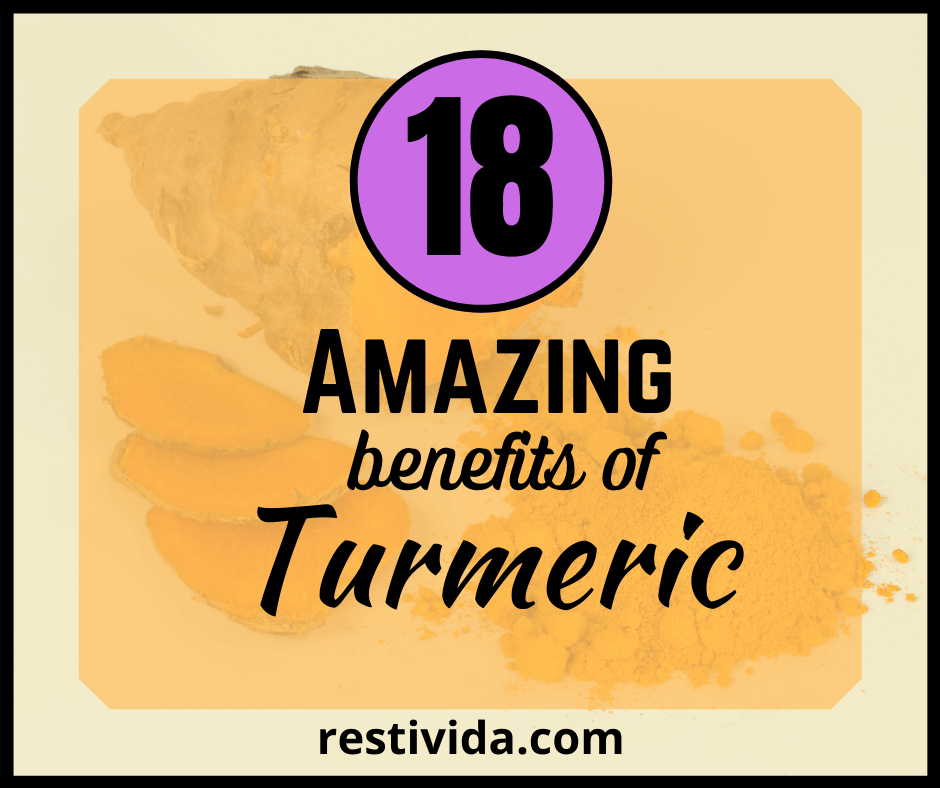18 Health Benefits of Turmeric
Turmeric (Curcuma longa) is the popular seasoning you know to be a bright yellow powder. This is actually from a rhizome; the part of the root stem that can produce shoots and roots. It is a member of the Zingiberaceae family, just like ginger.
Research has helped us understand what’s in the food we eat and how it can help you improve your health. But researchers use basic platforms to understand the nitty gritty of it all.
Mostly, this is because activities and effects can be observed in a complex living system that have nothing to do with the compound(s) being studied.
Scientists prefer to strip the systems bare so they can see the activity and effect of specific compounds on a particular part of the body or group of cells.
So if they are studying the effect of compounds on a specific organ, they may isolate cells of that organ and they can pin point the causes and effects.
Most of the time they use animals systems or donated human cancer cells.
Should you believe this to be applicable for human systems based on these studies?
Maybe not by itself.
But this evidence along with the history of turmeric as a healing food and your own experiences is good enough to make a sound and educated decision.
Modes on absorption in body
Yes, the benefits of turmeric are far and wide. There must be an effective way for it to enter into the body to serve it’s purpose.
There are a several different ways that turmeric can enter your body:
- Intravenous (veins)
- Topical (skin application)
- Nasal (sprayed in the nose)
- Intraperitoneal (body cavity)
- Subcutaneous (under the skin)
- Orally (by mouth)

Active Ingredients in Turmeric
Great! Turmeric can enter your body via several different ways. The parts of it that will provide the benefits of turmeric are the major active ingredients:
(Sure, there are others but these ones have been extensively studied and identified)
These include three curcuminoids;
- Curcumin (diferuloylmethane, the primary constituent responsible for yellow color of turmeric),
- Demethoxycurcumin,
- Bisdemethoxycurcumin
Categorizing the Health Benefits of Turmeric
Benefits are categorized in two categories:
- Activity: the condition in which things are happening or being done.
- Effect: a change which is a result or consequence of an action or other cause
For example, ants moving small stones from one place to another is the activity that is being done. The effect of that is the appearance of an anthill on the lawn overnight.
Health Benefits of Turmeric: Activity
- Anti-oxidant activity
- Anti-diabetic activity
- Anti–inflammatory activity
- Anti-microbial activity
- Photo-protection activity
- Anti-tumor activity
- Anti-malarial activity
- Effect on respiratory disorder
- Immunomodulatory effect
- Effect on hypertension
Health Benefits of Turmeric: Effect
- Nephro-protective effect
- Reduction in sperm motility
- Radiosensitizer effect
- Gastro-protective effect
- Hepato-protective effect
- Cardio-preventive effect
- Neuro-protective effect
- Anti-obesity effect
Metabolism of Turmeric
The word “metabolism” is just scientific terminology for how something is chemically processed in the body. Specifically, how the chemical that was ingested change from one form into another to provide energy/benefit to your body.
Also, the mode of ingestion leads to the type of metabolism.
Many times the compound that is ingested is useless to the body as well as the final compound formed after metabolism. But the compounds that are formed in between, the intermediates, are the ones that may be important to the body. The metabolites of turmeric formed in the gut with the aid of gut bacteria and are more stable than the cucurmin itself and these are what gives you all the health benefits of turmeric.
Diagram of Turmeric Metabolism

Forms of Turmeric on the market
There are numerous products that contain tumeric/cucurmin on the market:
- Beauty creams
- Gummy candy
- Band-aids
- Soups
- Medicinal creams
- Soaps
- Drinks
- Supplements
The most popular way is my mouth in the form of supplements. Many times an addition of pepper in the form of piperine or bioperine is added to supplements (and creams) which increases its bioavailability by 2000%! This is not to say that there will be complete absorbtion into your body at any one time but it has the potential to be absorbed when passing through the intestinal tract.
Bring on the spicy!
The spicy addition increases bioavailability because the blood vessels are dilated and the production of mucus increases in the gut and other parts of the body.
Pepper also dilates the blood vessels and more material can be absorbed into the body in a shorter amount of time.
Hello, runny nose!
The turmeric can move efficiently through the digestive system, more mucus means more coverage. The gut bacteria is mobilized throughout and more turmeric is metabolized.
Turmeric Recipes
Golden Milk
One of the easiest ways to incorporate turmeric into your diet is a warm up of golden milk.
It’s easy to make and easy to drink. It’s super customizable, to taste exactly the way you like.
We have a great recipe here to try!
Turmeric Face mask
½ teaspoon turmeric
Few drops of water/honey to make a paste
Coconut oil
Apply a turmeric and water paste moist face. Let sit for 10 minutes. Add coconut oil to your face to loosen the turmeric.
Wash with your favorite face wash.
Now glow!
If your face is still yellow, massage a bit of oil into your face and wash once more.

Caribbean Beef Patties
Serves 6, prep time approximately 2 hours
Crust
¾ cup, 170g suet, tallow, butter or coconut oil (chilled)
2 cups or 272g or 9.6 oz All purpose flour
1 egg white (save the yolk for brushing the tops)
4 tablespoons iced water
1 teaspoon turmeric
1 teaspoon curry powder
Filling
1 pound (500g) Ground meat/plant based protein, cooked chick peas or dhal
To taste:
Salt
Pepper flakes
Black pepper
½ teaspoon cornstarch
2 teaspoons each of:
Thyme
Turmeric
Smoked paprika
2 tablespoons each of:
Diced onions (fresh or dry)
1 tablespoon each of:
Diced Garlic
4 tablespoons each of:
Coconut oil
Mixed peas, carrots and potatoes
Tomato puree
Unsalted Stock/ broth or water
Method:
Saute the onions and garlic in coconut oil, add spices and cook for one minute. Add meat or plant based protein and brown, approximately 10 minutes. Add the tomato puree and a bit of water or stock and tomato puree and cook for about 20 minutes. Add more stock, broth or water as needed. For a thicker gravy use ½ teaspoon cornstarch with 2 tablespoons cold stock, broth or water and add to the final 5 minutes of cooking. Put into a heat proof container and put in the refrigerator.
Then prepare the crust:
Mix all the dry ingredients in a bowl and add the fat. Cut fat into the flour until they are smaller in size. Use your fingers or pastry blender, two forks or butter knife to incorporate until mixture resembles bread crumbs. Slightly beat the egg whites and mix with iced water and add 4 tablespoons of this mixture. Use the knife to blend together into a ball. Add more water to the dough until it sticks together and a little crumbly. Wrap in plastic wrap and let rest 5 minutes on the counter. Knead lightly to incorporate the crumbs and wrap again and let rest in the refrigerator for a minimum of 20 minutes.
Putting it together:
Divide the dough into 6 equal pieces, roll into a ball and roll out ¼ inch thick (0.6 cm). Add a generous amount of filling to one side of the pastry round but just enough to fold over the other half. Add water with your finger to one side and seal with a fork or finger.
Make it pretty!
Beat the yolks with equal parts water and brush the tops of the patties sprinkle with dried herbs to add some character or leave it as is.
Bake at 220°C or 425°F for 15 to 20 minutes or until golden brown.
Serve this with a soup and a salad or steamed vegetables.
These patties are delicious hot or cold.
Side note: The Truth about Scientific Research
Most healing superfoods have active compounds that give them the properties that …perform many things
Scientific studies report that there are no damaging effects on the kidney and liver. Of course there is more work to be done in terms of duration and model system used.
It’s difficult to use human subjects since this may reduce quality of life if something goes wrong.
There are also many issues with using animal models since it’s not a guarantee that humans will react the same way and human rights activists are on the forefront of the proper treatment of animals.
In this article only the activity and effects are listed.
To find out more about the model systems used, the duration of the experiments and the concentrations of turmeric extract used, please refer to this article.
Conclusion
Turmeric has been in our diet for centuries; this alone speaks volume to the value of it in the diet and other household and religious uses.
Scientists have also dedicated many decades to study turmeric, especially it’s metabolites Curcumin, Demethoxycurcumin and Bisdemethoxycurcumin. These have been found to have numerous activities and effects in the body.
It’s a long list but there’s a scientific study to validate each one: Anti-oxidant activity, Anti-diabetic activity, Anti–inflammatory activity, Anti-microbial activity, Photo-protection activity, Anti-tumor activity, Anti-malarial activity, Effect on respiratory disorder, Immunomodulatory effect, Effect on hypertension, Nephro-protective effect, Reduction in sperm motility, Radiosensitizer effect, Gastro-protective effect, Hepato-protective effect, Cardio-preventive effect, Neuro-protective effect and Anti-obesity effect
It is useful in foods and as supplements but it doesn’t have to be boring, it can be as soothing as a warm creamy cup of golden milk. Spend some time caring for yourself with a skin brightening face mask to help heal skin disorders such as aging, psoriasis, dermatitis, infections wounds and some types of skin cancer.
Finally, you can impress your family and friends with a wholesome meal that is tasty, unique and great for them.
What other ways do you incorporate turmeric into your daily life? Let us know in the comments. We’d love to hear from you.
Live well!
